How to Offer Again After Denial Fifa 18
FIFA 18 career mode guide - negotiate contracts, successfully scout, and buy the best players
FIFA 18's new transfer system
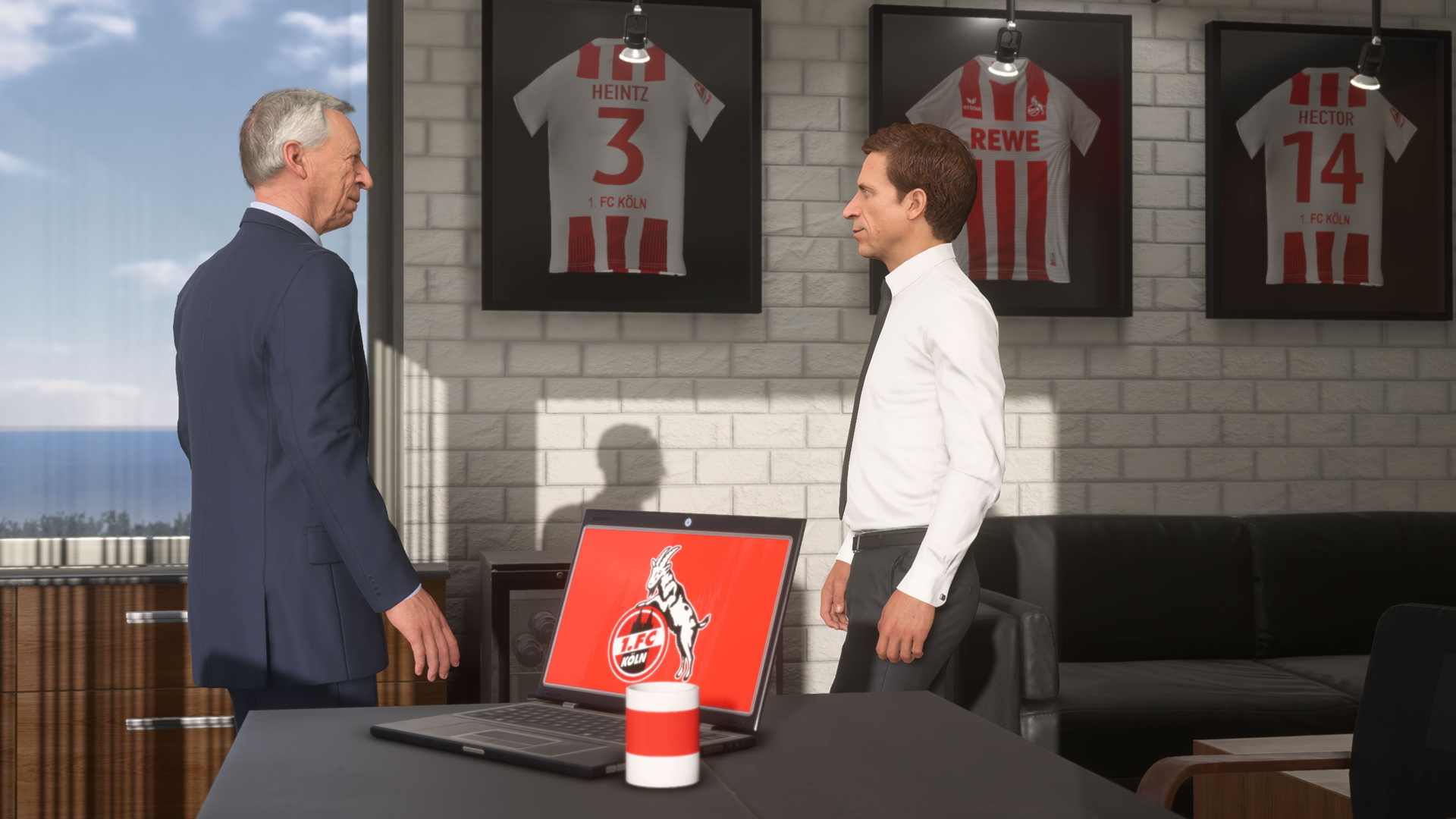
Transfers have changed a lot in FIFA 18. Whereas in the past you could just send off an enquiry and receive an email telling you if it had been accepted, now things are much more advanced. You can now sit down head-to-head with a representative of the other team and hammer out the details of the transfer, including sell-on clauses and player swaps.
With that out of the way and a fee agreed, you bring the player into the room and talk about the contract you're going to offer him, and all the attendant fees and clauses attached to it. It's far more realistic and immersive, but takes a bit of getting used to.
So if you don't know your performance bonuses from your sell-on clauses, sit tight as we guide you through FIFA 18's new transfer negotiation system.
The basics of making a transfer

The transfer system may be new, but it doesn't have to be complicated. Let's take a look at an example.
Here, a team has made a bid for one of my players. The green section on the right tells us how much we can expect to sell him for. As the other team's offer falls within this range – and because the player is a veteran that probably won't get too much game time anyway – we don't mind selling him for the offered amount.
So all we've got to do is select 'Show actions', then pick 'Accept offer'. The player will now negotiate a contract with the other team, and the deal should then go through. Simple.
Delegating transfers to your assistant
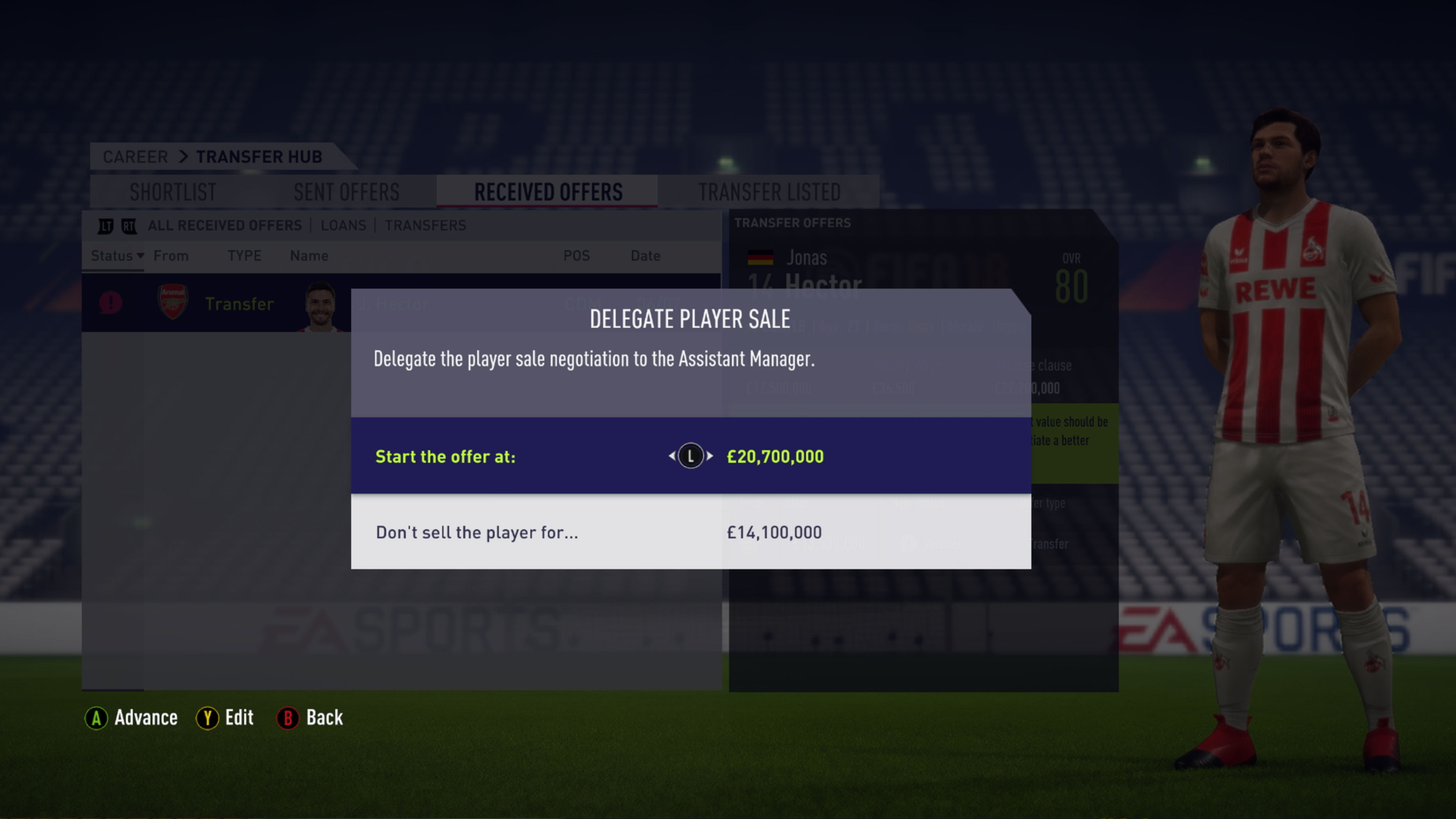
If you want to buy a player, or haggle for a better amount when selling a player, but don't have the time (or inclination) to dive in fully to the new transfer system, you can always delegate transfers to your assistant.
This is pretty straightforward and is somewhat similar to the way transfers worked in previous version of the game. You simply tell your assistant what price to start the bidding at and what price he shouldn't go below, then send him on his way. He'll report back to you after about four days with the details of the transfer he managed to arrange (providing he was successful, of course).
You still have the final say on approving or rejecting the transfer deals he got, and you can negotiate with the other team yourself if you don't feel his deal was good enough.
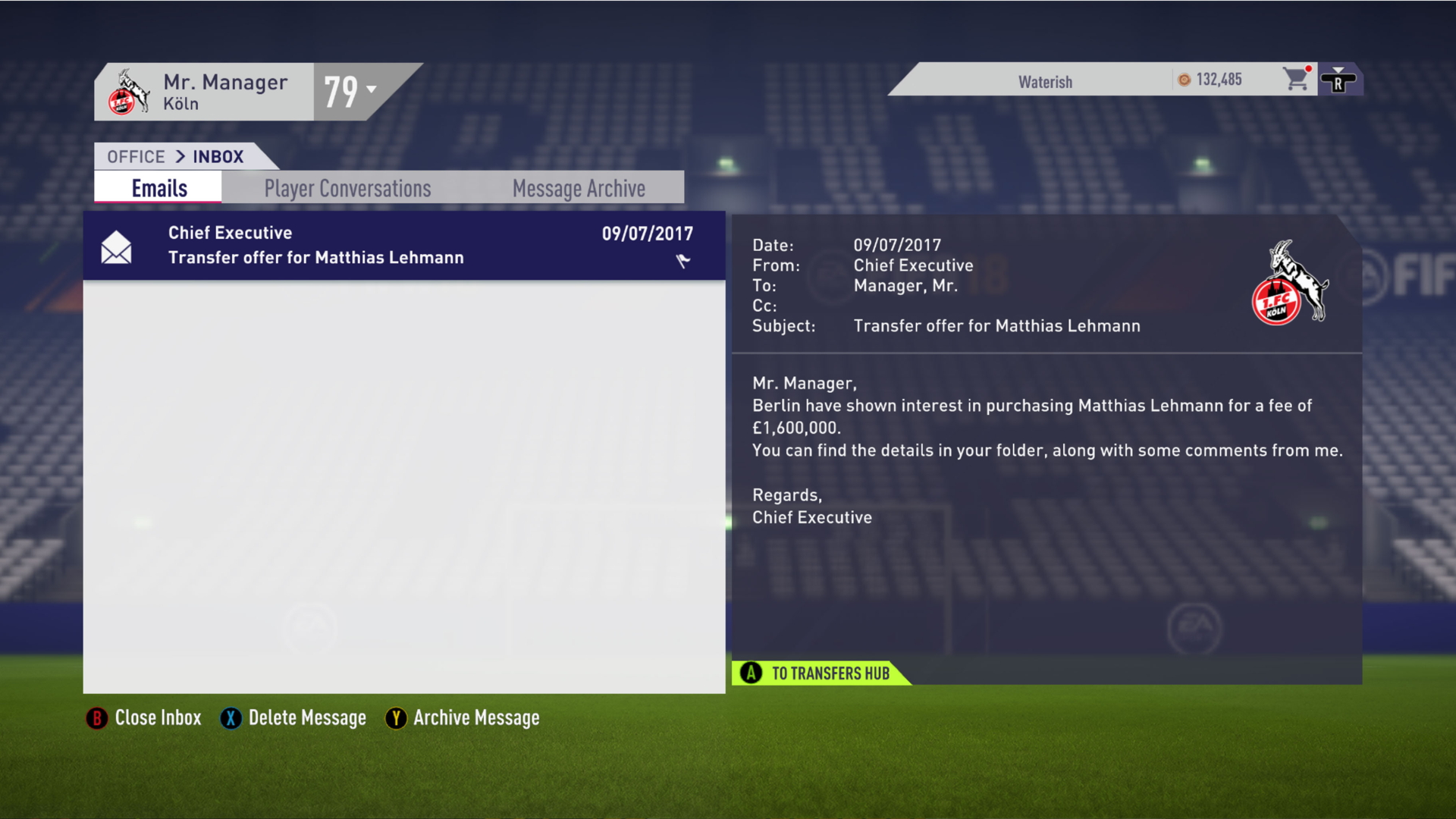
The key thing here when buying a player is to make sure you thoroughly scout him before delegating a transfer to your assistant. That's because your scout will give you an estimation of how much you should bid for the player – without knowing that, you're going in blind.
You can actually start the bidding below the minimum amount your scout recommends. The scout can be wrong, and your assistant can always raise his bid if the other team don't want to go so low. But it could mean you make a better deal than if you just use the default values suggested by your scout.
However, it's not always best to delegate to your assistant. For one thing, he won't always insert a sell-on clause when you're selling players. If you're offloading a highly promising youngster, even a 10% sell-on clause could net you a decent windfall if his new club ever decides to sell him. You may not want to risk your assistant forgetting to add that to the deal, so let's take a look at getting deals done yourself.
Handling transfers yourself
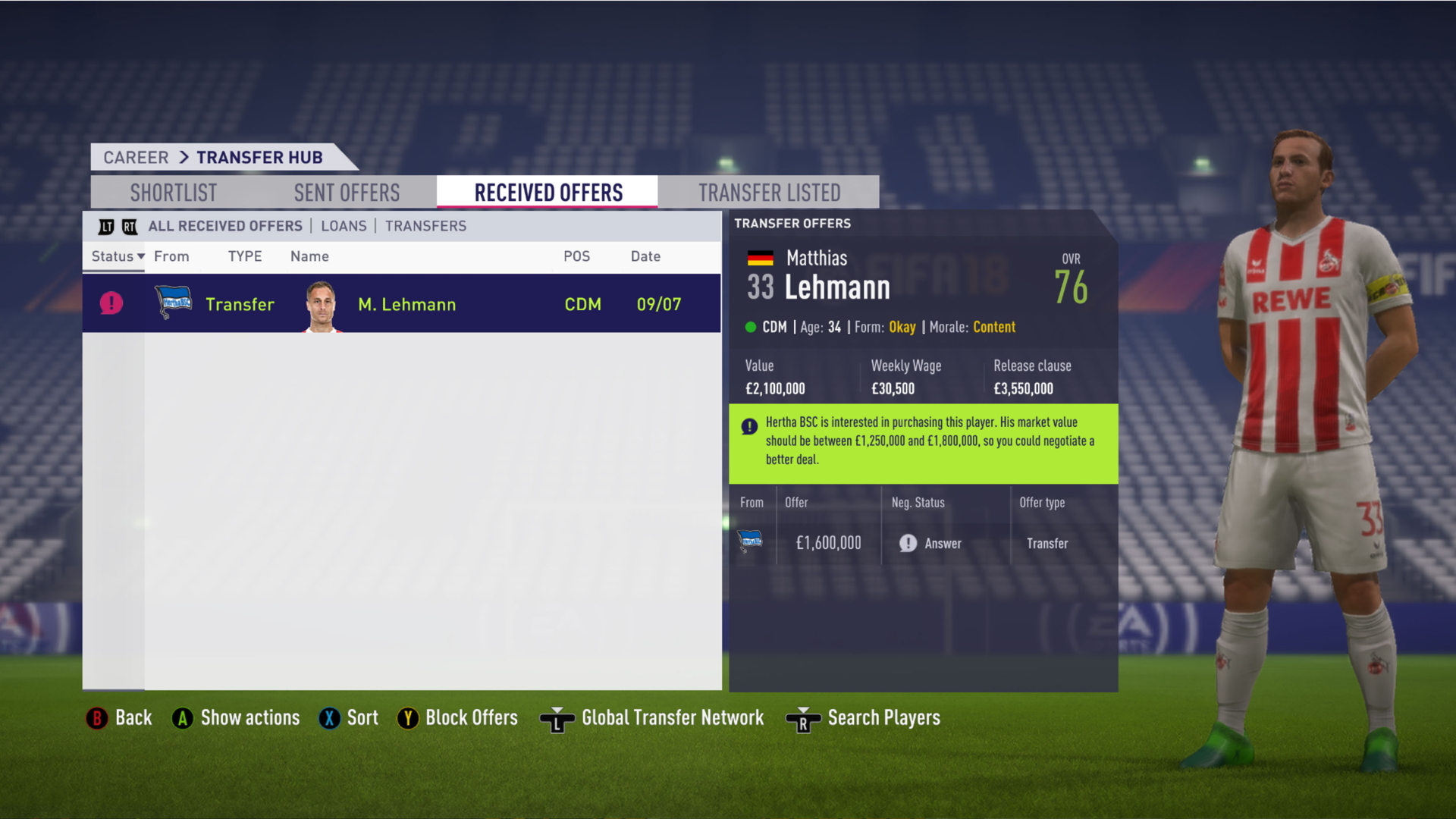
Should you decide to handle transfers yourself, you'll get complete control over what to offer the other side and what to accept in return. That means there's a lot to take into account, and a lot of new features to learn about. Here are some of the key things to consider when working out the initial transfer fee with the other team:
• Release clause. If a team is refusing to deal with you, or you just want to get things done quickly, you can pay a player's release clause, letting you bypass negotiations with the other club. Not every player has one, and they're often a fair amount higher than the price you can get from face-to-face negotiations. We'll cover release clauses in more detail later in this guide.
• Transfer fee. The simplest way of buying and selling is to agree on a flat fee with the other team. Use your scout's value estimation as a guide but, as we mentioned earlier, you don't have to stick to it.
• Player swap. If you don't have much in the way of transfer funds, you could offer to swap one of your players for one on another team. The other side will tell you what sort of player you're looking for, if they are interested in a player swap deal in the first place. However, don't accidentally offer a player who is worth a lot more than the other team's player, as you could get a raw deal.
• Sell-on clause. This is a very context-sensitive element of conducting a transfer. If you're buying a promising player, you may be able to lower the initial payment in return for a sell-on clause, meaning they'll get some of the sale value of the player if you eventually get rid of him. If, however, the player in question isn't likely to be sold for much money in the future (such as a player who is past his peak), a sell-on clause won't be much of an incentive for the other side.
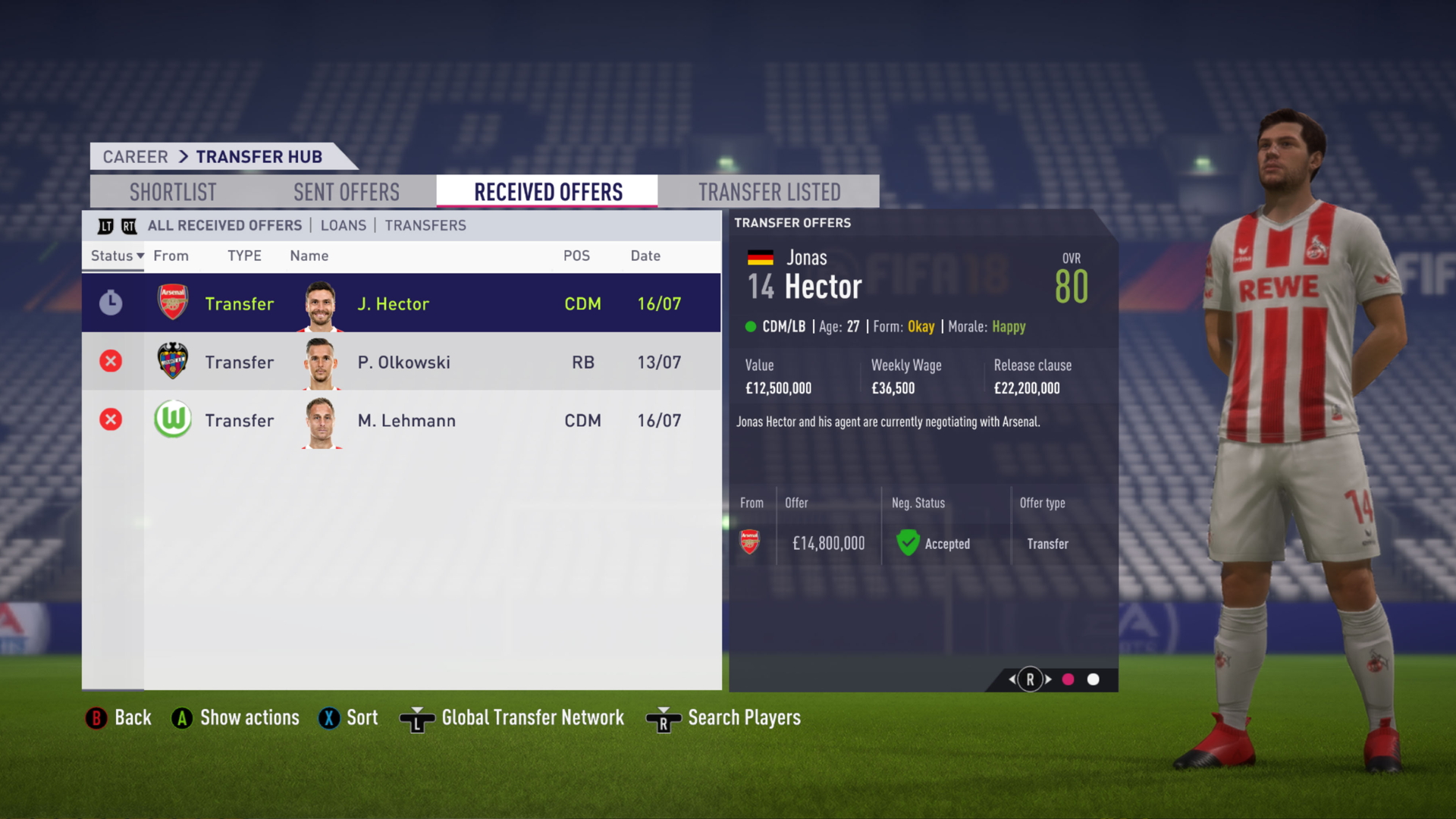
Now that you've struck a deal with the other team over the initial transfer fee, it's time to sit down with the player and hammer out a contract. Here's everything you need to know about what you can offer him:
• Squad role. Your transfer target will want to know how much game time he can expect at his new club. This will depend on a number of things. Is he a high quality player who will slot straight into your starting eleven, or more of a high potential prospect who will get more game time as he develops? You'll also need to consider the quality of the club the player is moving from – is he playing at a minor club and making a step up to a higher standard, or near the end of his career and dropping down the leagues? This will inform what sort of role you should offer him.
• Contract length. This is fairly straightforward, and covers the total number of years that the player's contract will run for. Note that in previous FIFAs this number related to the number of years you were adding to a player's existing contract. This year, it refers to the complete length of the contract. A longer contract length will help you demand a higher fee should another team want to buy your player before his contract is up.
• Release clause. You can offer to add a release to a player's contract. More ambitious players might demand one if they see your club as a stepping stone – we'll cover this clause in more detail shortly.
• Salary. The big one. Like squad roles, this is dependent on context. If you're a world class club looking to buy a player from a smaller team, he may be so excited at the prospect of joining you that he's willing to take a pay cut. On the other hand, a high quality player joining a smaller team is less likely to budge from his wage demands, as he'll need a strong incentive to join you.
• Signing bonus. Usually when you sign a new player, he'll get a signing bonus. This also applies if you want to renegotiate the contract of an existing player. However, if a player is happy with the wage you offer him, he may not demand a signing bonus.
• Goal/clean sheet/appearance bonus. You'll need to think carefully about performance-related bonuses. While you could use one as a trade-off in order to lower a player's wage demands, it may prove expensive if, for example, the player goes on a scoring spree. Of course, you can't be too upset if your player puts in a load of high quality shifts on the pitch, but you should consider the possible financial implications.
Sometimes the player and agent will tell you want they want and it's up to you to accept, reject or negotiate their proposals. Other times, the onus is on you to suggest something and see if they accept. The latter of course is a little more tricky, as you don't always know exactly what they're likely to accept. The key thing is to be cautious. Don't agree to anything you can't afford, but don't be so tight that the other side are forced to withdraw from negotiations.
Release clauses explained

Release clauses are a completely new addition to FIFA 18, and there's quite a lot of confusion surrounding them. Are they a good thing? And what should you do if your players have one?
Basically, a release clause is a fee that, if met, allows a club to go straight into negotiations with a player, without having to haggle with the other team.
That lack of control means you make it a priority to find out which of your players have a release clause in their contract. Release clauses are randomly added to your players when you start a career, and not every player will have one. If one of your star players has a relatively low release clause, he could be bought for much less than you'd like.
You think of it this way: would you be happy to sell the player for the amount listed in his release clause? If not, you should renegotiate his contract to raise the clause, or remove it completely.
There will be times when a player will have a release clause that is very close to his value, or will refuse anything except a low release clause when you negotiate his contract. This is a big red flag. You should always aim for a release clause that is much higher than a player's value because it essentially takes you out of the equation. It is much better to go without a release clause than to settle on one that is too low due to the risks involved.
There's one final thing to consider when it comes to release clauses. If you have a very promising player and he's insisting on a release clause, you need to take into account what his value is likely to be once he starts developing. Will the release clause still be acceptable in two or three years' time when he's potentially a key player at your team? Don't settle for something that seems fine now but will feel like small change a few years down the line.
Loaning players
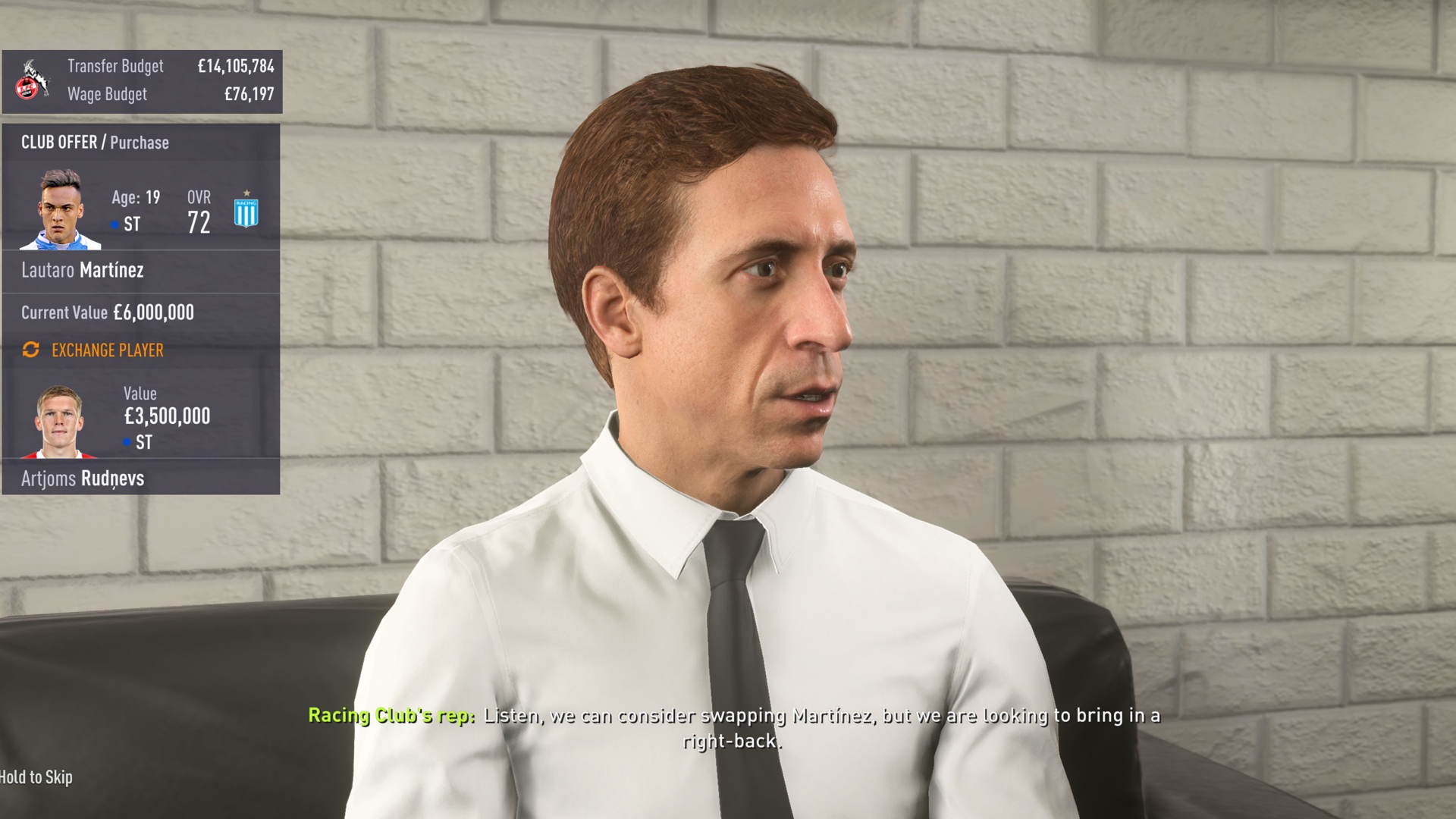
One change in FIFA 18 that is causing a lot of consternation isn't to do with buying and selling players, but with loaning them. Specifically, it looks like it's become a lot harder.
If you're a minnow and trying to loan a player from one of the world's best clubs, he's now unlikely to want to join you, presumably because the standard of football will be too low for him to learn much. And if you're a big club trying to send players out to small teams, the loan deal often breaks down because your players' wages are too high.
What can you do about this? For one thing, the game now forces you to make more realistic loan signings. If you're resting at the foot of League 2, you might have to aim for players in the Championship and League 1 rather than the Premier League.
If you're on the other side of the fence and struggling to send your players out on loan, you might have to try to renegotiate their contract to get them on a lower wage (in exchange for some performance bonuses, perhaps).
If that doesn't work, you'll have to keep them at the club. But that's not necessarily a problem – try to get them game time in cup matches and against weak teams, and mix in some weekly training drills, and they should still progress nicely.
Other transfer tips
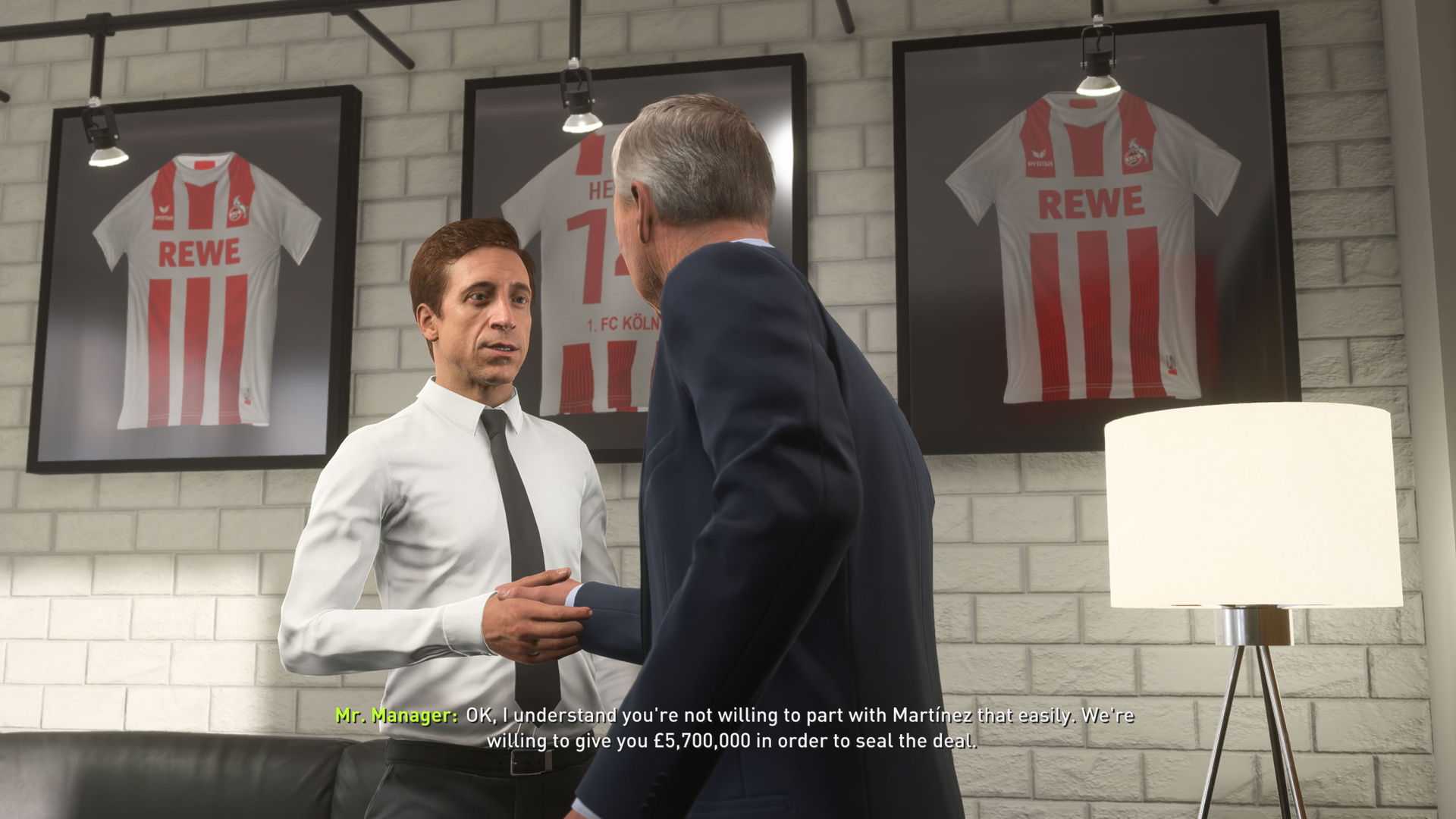
Clubs seem to send in a lot of transfer requests for your players this year. If you've got a player that you want to keep hold of no matter what, head over to the Squad Hub and choose 'Block offers' once you've highlighted the player. That will stop players bidding for him. Beware, though – if he's got a release clause, other teams can still activate that even if you've blocked offers.
In the past, you could only send and receive transfer offers once the transfer window was open. Now, you can do it all year round and the transfer will go through once the window opens. That means you need to find your targets early and keep an eye on them. If you're not paying attention, you may find that another team has poached them in the off season.
And finally, don't worry if your initial attempt at buying a player breaks down – you can submit a new offer a week later.
Next: Use the scouting system to find your next superstars
Jump to Section:
- FIFA 18 Transfer Negotiation System
- FIFA 18 Scouting System
- FIFA 18 Best Buys
Source: https://www.gamesradar.com/fifa-18-career-mode-guide/2/

0 Response to "How to Offer Again After Denial Fifa 18"
Post a Comment